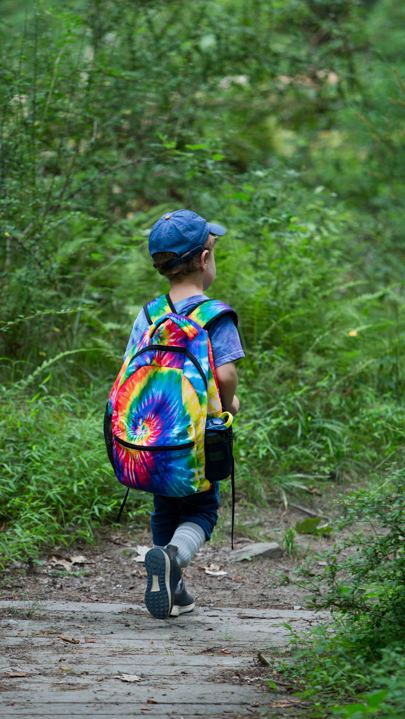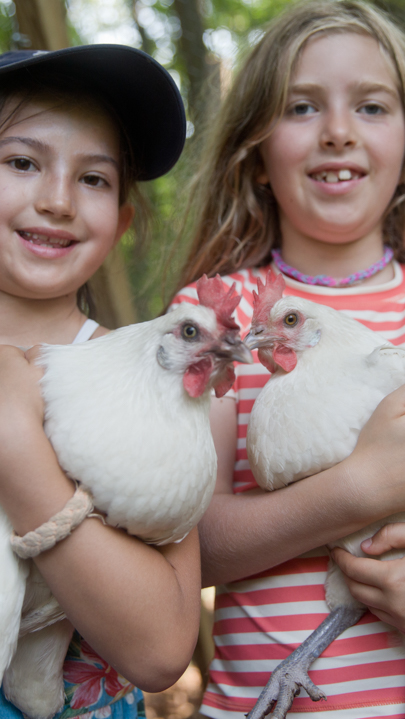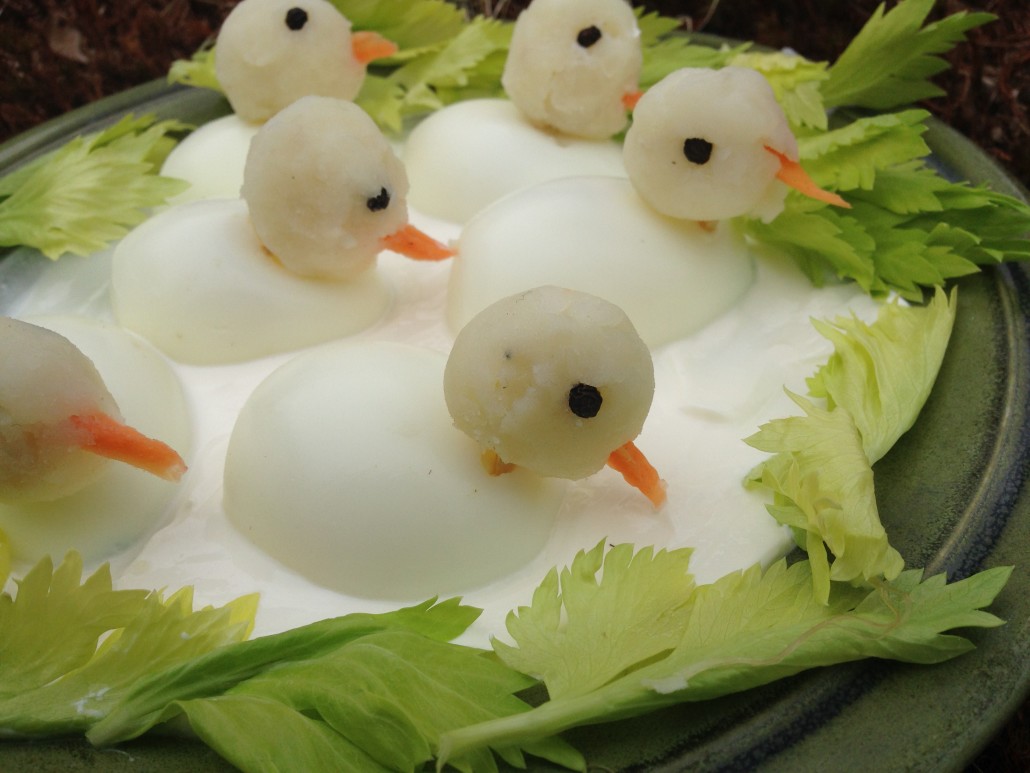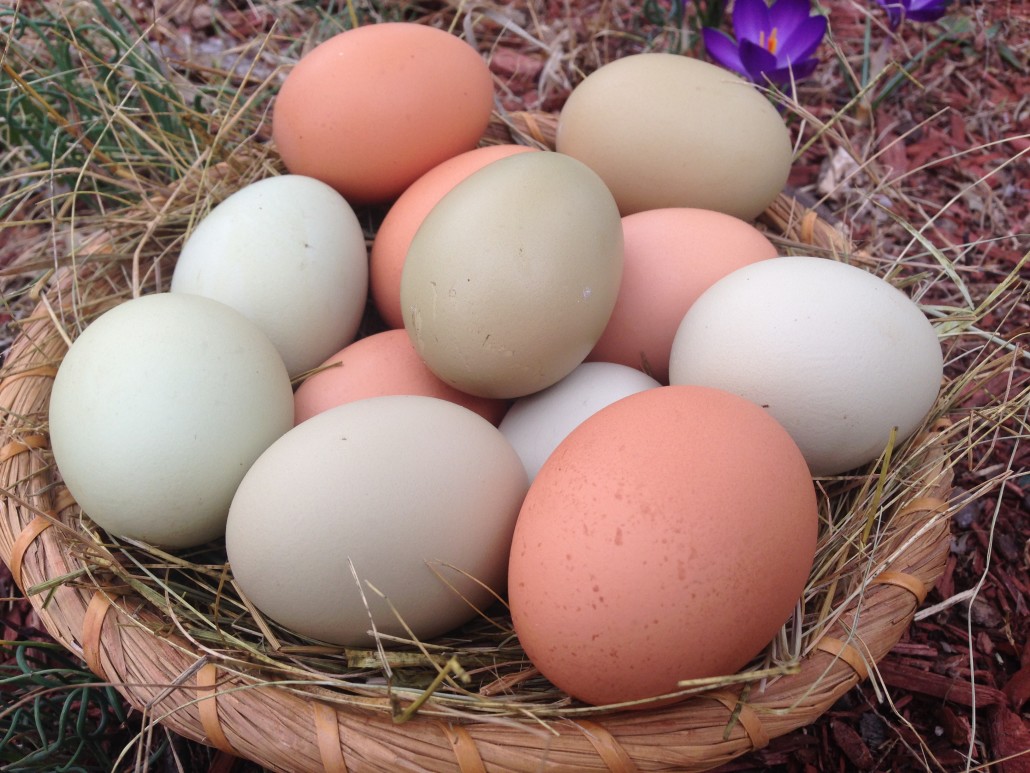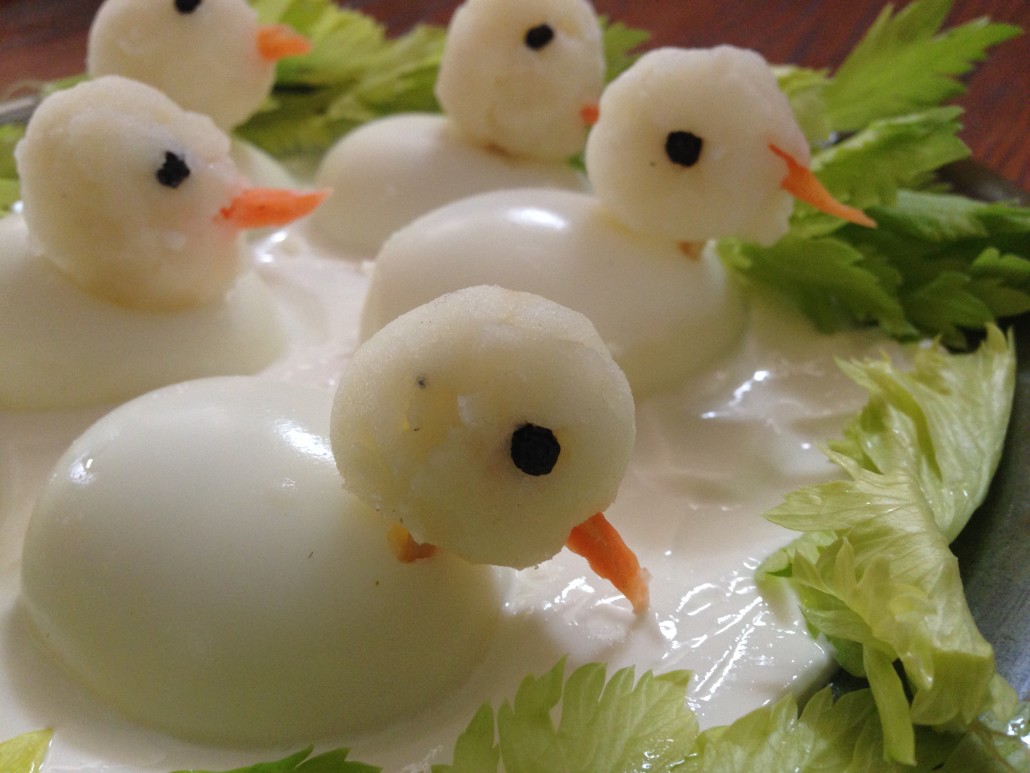Dinner Table Dilemmas
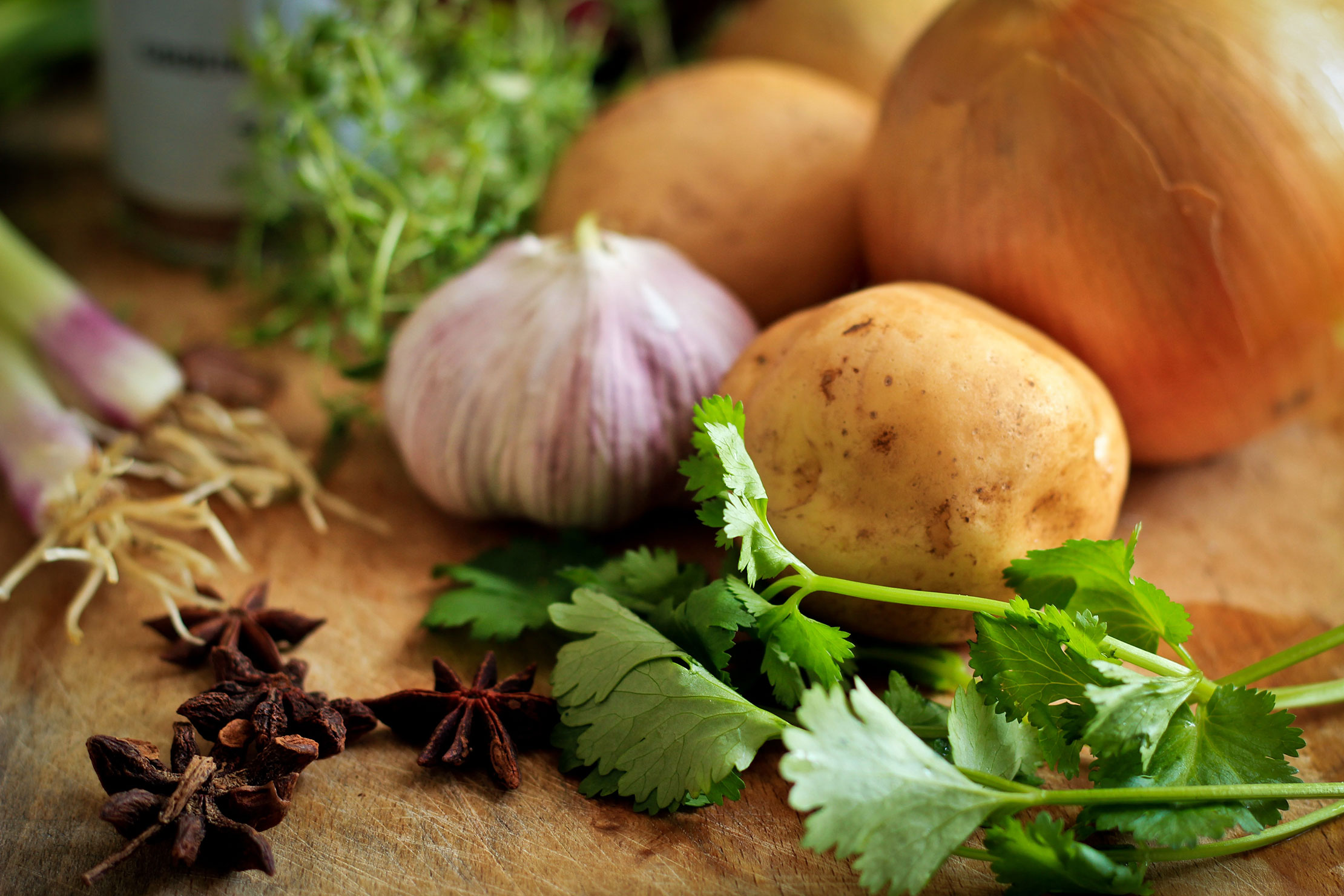
Nature Place cooking activity leader, Eva Szigeti, writes about food, family, and finding our way.
Sitting down to the table and sharing food with our family is mostly a source of pleasure. But dinner could easily turn into a less-than-pleasant power struggle if children are not happy with the food being served.
As parents we make dietary choices not only for ourselves but for our offspring as well. We do our best to stay informed and to make the right decisions. We try to educate ourselves: we read, we research online, we talk to those who have more experience than we do, we learn from our own experience and our mistakes. On our quest for best dietary rules for our family, we are bombarded with information and sometimes it is not easy to weed out pseudoscience, myths, folk wisdom, or marketing strategies masked as science. The quantity of of information itself can be overwhelming and is often contradictory. We try to answer for ourselves a multitude of questions: Is gluten harmful to my children? Would they be better off on a vegetarian diet? Paleo perhaps? Is red meat a good choice? Is lactose making my child hyper? How much sugar is too much? Should I limit the intake of fresh fruit due to its sugar content? Do they need to take omega-3 supplements? Is the latest superfood truly beneficial for my child, or is all the fuss just a marketing strategy? It used to be common knowledge that peanuts should be avoided at an early age because their consumption might trigger an allergy. According to more recent research giving peanuts at an early age might actually prevent peanut allergies. So what does a new parent do about peanuts? It seems that the list of questions never ends. We are lost in a jungle of information and we feel more confused than informed.
Feeling overwhelmed, I choose to step back, take a deep breath and using the best of my knowledge, I set up my own dietary rules. They are based on information I deem scientific, on common sense, and intuition. Of course I am aware that I am also caring the baggage of my upbringing, culture, beliefs, and my own dietary habits that will undoubtedly influence my decision. The balancing act starts.
Once decisions are made and rules are set, meals are planned, cooked and eaten. Well, hopefully eaten. Since most of us incorporate into daily meal plans foods that not all children are excited about, we face the next dilemma: how to motivate children to try foods they are resistant to eating, how much to encourage and push. Is modeling right eating habits enough? Of course, involving children in growing food and cooking is a great proven strategy for growing good eaters, but it is not always an option.
How we perceive food is based not only on its flavor and texture. Sometimes giving a dish a special name makes all the difference. When I had offered my kids a vegetarian bean chili and called it Bean Chili, no one was interested. I served the very same dish next time disguised under the name of Cowboy Beans. The children were very excited, seconds were served and we had no leftovers that day. Ever since it’s been one of my kid’s favorite meals.
When a young child is more likely to eat broccoli if I call the florets ‘little trees’, I am more than willing to call them just that. Rice and other grains can be made into ‘mountains’ by using a small porcelain cup as a mold. A rain of fresh herbs falling on the mountaintop makes the rice even more appealing. Just playing with words can sometimes be a tremendous help.
Then there is the aesthetics of food presentation. I perceive it as the finale of the cooking process. The meal starts with a visual feast, then as we inhale the aroma of the food, smell gives us a hint regarding flavor and our taste buds are ready… I enjoy arranging food on a plate and on the table almost as much as eating it. With a nice presentation we honor the food and the work that went into preparing it.
Still, I do want my children to learn to value food for what it is, and I do not like to go overboard with making dishes look overly ‘child friendly’. The food on the plate should be visually appealing, but flower-shaped pancakes or sandwiches resembling hearts do not appeal to me. Perhaps a special occasion like a birthday or seasonal celebration can be an exception, such as the ‘duck pond” we made on a special spring day.
Since eggs have a green light on the list of my dietary rules, an egg dish is an obvious choice for the season. Eggs not only symbolize spring and a new beginning of the cycle of life, but they are also abundant at this time of the year. For the last few weeks we have been finding a nest full of eggs every day. Some of our hens lay brown eggs, while eggs of our Ameraucana chicken have an unusual green tint. Children like to collect eggs as much as they enjoy the dishes made out of them.
4 hard-boiled eggs
2 teaspoons butter
½ teaspoon mustard
1 tablespoon sour cream
½ cup plain yogurt
salt and black pepper to taste
boiled potato
8 black peppercorns
piece of carrot
Cut the eggs in half, gently take out the yolks. In a small mixing bowl combine the yolks, butter, mustard, sour cream, salt and black pepper. Mix until smooth. Refill the eggs with the mixture. Combine the leftover egg yolk mixture with the yogurt. Add salt and pepper to taste. Spread the yogurt on a plate. Arrange the eggs, cut side down on the yogurt “pond”. Mash the potato and form small balls, add peppercorns for eyes and pieces of carrot for a beak. Use a toothpick to attach the ‘head’ to the ‘body’.
Eva Szigeti operates Pinebrook Garden Day Care, child-care centered around hands-on homesteading activities and free creative play. She also offers cooking and fiber craft classes for children and programs for homeschoolers. For the past three summers Eva has been teaching cooking at The Nature Place Day Camp.


